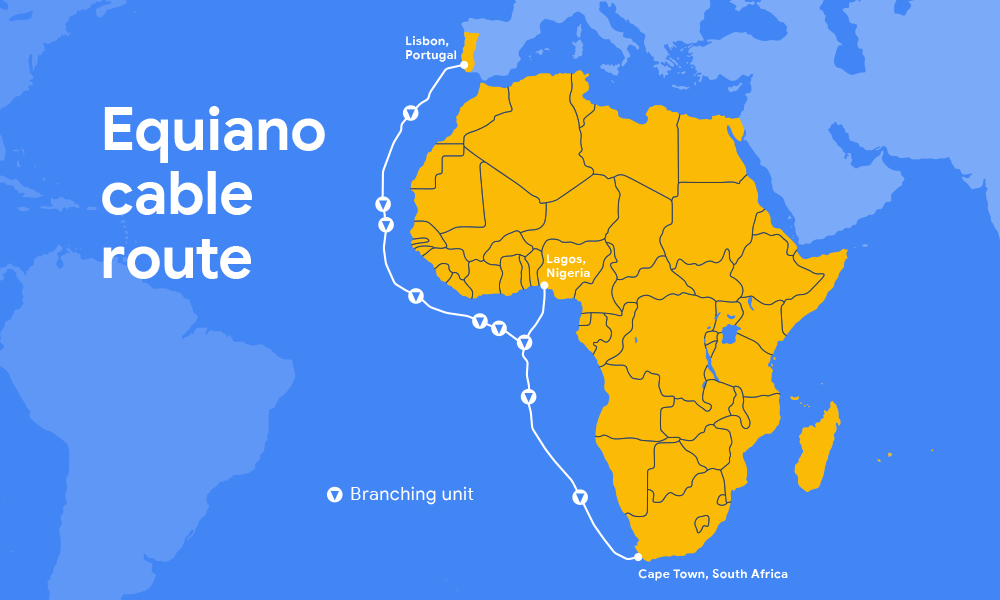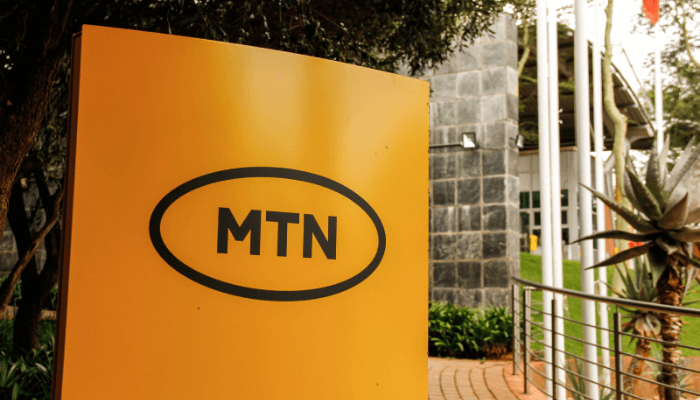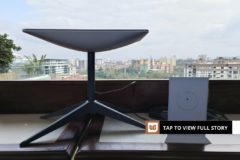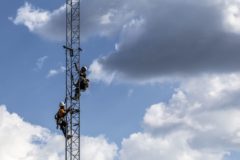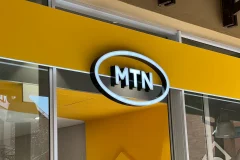Google’s Equiano subsea internet cable, which was first announced in 2019 and is meant to connect Europe and Africa via a cable running along the west coast of Africa from Portugal to South Africa, has landed in Swakopmund, Namibia.
In a statement shared on LinkedIn, the CEO of Paratus Group Barney Harmse, whose company was 1 of 2 selected to build the cable landing station (CLS) in Namibia (the other one being Telecom Namibia) stated that the cable will significantly increase Namibia’s international bandwidth capacity.
Harmse claims that the Equiano cable, which is expected to be fully operational by Q4 this year, will provide 4 times the bandwidth capacity of the West Africa Cable System (WACS) which Namibia has relied on for international connectivity, and will ensure better stability of connectivity in the country and also lower latency and higher speeds in global transmission of data.
According to a study by Africa Practice and Genesis Analytics, the Equiano cable is set to increase internet speeds in the country by over 2.5 times and also increase internet penetration by 7.5% in the next three years.
CEO of Telecom Namibia, Dr Stanley Shanapinda, stated that the Equiano cable is expected to improve connectivity and accelerate job creation in Namibia, with 21,000 indirect jobs expected to be created between 2022 and 2025 as a result of the expansion of the digital economy and associated business sectors.
He also mentioned that the cable will become a critical element in meeting Namibia’s current and future international connectivity demands, and further strengthen and enhance the backbone of modern communications in the country.
Data from the World Bank show that Namibia has an internet penetration rate of 41%, compared to the sub-Saharan Africa region’s average of 25%. The landing of the Equiano cable is poised to further strengthen the state of internet connectivity in the country as it seeks to achieve its Vision 2030 goals which place ICT as a key pillar of the country’s economy.







